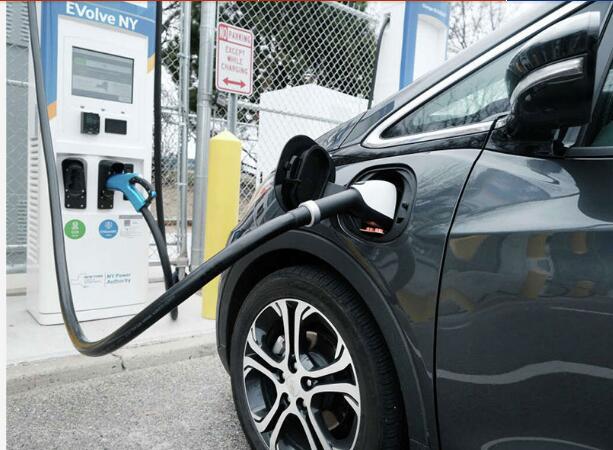EVs are much less expensive to operate, with up to a 70% reduction in fuel costs and a 40% reduction in maintenance costs.This may result in an annual fuel savings of $1000 for a vehicle that travels 13,700 km on average, or $1200 if the EV can charge overnight at a discounted rate.
Compared to a gasoline or diesel automobile, battery electric vehicles (BEVS) have a lot fewer moving component. An EV requires comparatively minimal maintenance and does not need costly radiators, starting motors, fuel injection systems, exhaust systems, or other elements.The fact that EVs are significantly quieter, smoother, and cleaner than conventional cars may also result in a better driving experience. The quieter battery engine eliminates the heat and noise produced by gasoline and diesel engines. EVs are also simple to use and provide a comfortable driving experience. Traffic stress is reduced by the cars’ intrinsic silence, which most people do not fully understand until they have used it.
Experts and consumers alike believe that EVs outperform automobiles with internal combustion engines in terms of technological performance.The majority of EVs are equipped with some kind of regenerative braking technology, which allows people to completely stop the vehicle by removing their foot off the accelerator without applying any brake pressure.
Compared to automobiles with similar internal combustion engines, EVs can accelerate significantly more quickly because to their immediate torque. An EV can operate at full power as soon as the accelerator is pressed since there are no gears to go through.Instead of having the battery run along the front or back of the car, many EVs now have it running beneath. This results in a reduced center of gravity and improved handling. Almost little noise is made by EVs at moderate speeds, which makes them more enjoyable to drive.
Particularly when combined with renewable energy, EVs have the potential to drastically cut damaging tailpipe emissions and glasshouse gas (GHG) emissions.In Australia, the transportation industry is responsible for over 20% of all emissions. The second-largest and fastest-growing source of emissions (after the energy sector) is transportation.Because battery electric cars have no tailpipe emissions, they produce less hazardous air pollution from their exhaust. GHG emissions may be further decreased by combining an EV with renewable energy sources like solar photovoltaic (PV) and battery storage.
The majority of individuals can go about every day on EVs. The typical Australian drives 40 kilometers each day. The precise range of an EV will depend on a variety of elements, including the model, battery, kind of roads travelled, and driving habits.The majority of EVs have a 200km range. With new models being able to drive at least 400 km on a single charge, improved battery technology will help extend EVs’ driving range. As a result, most people would only need to top up their battery every day or completely charge it once a week!
Media Contact
Company Name: Dongguan bige supply chain management co.,ltd
Contact Person: Media Relations
Email: Send Email
Phone: +8613414449589
Address:floor 9, Building D1, Tian an Digital City Nancheng Street
City: Dongguan
State: Guangdong
Country: China
Website: https://bigersc.com/

